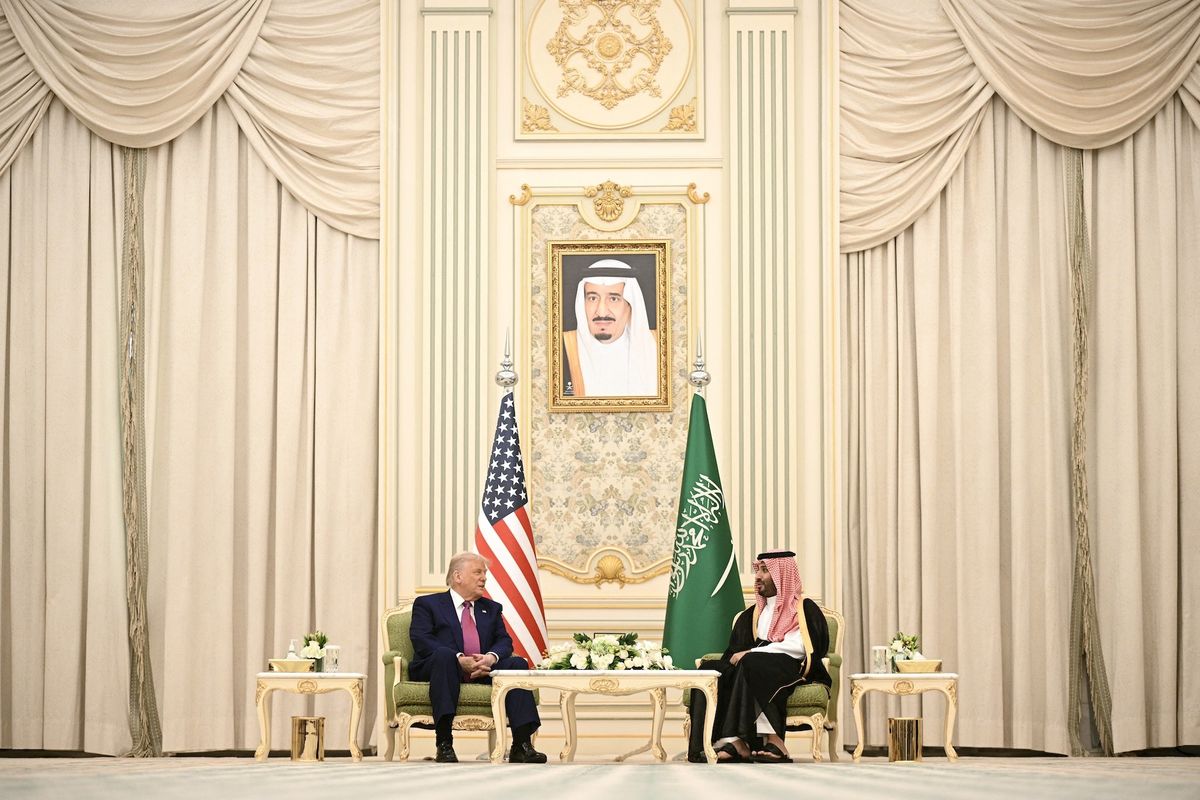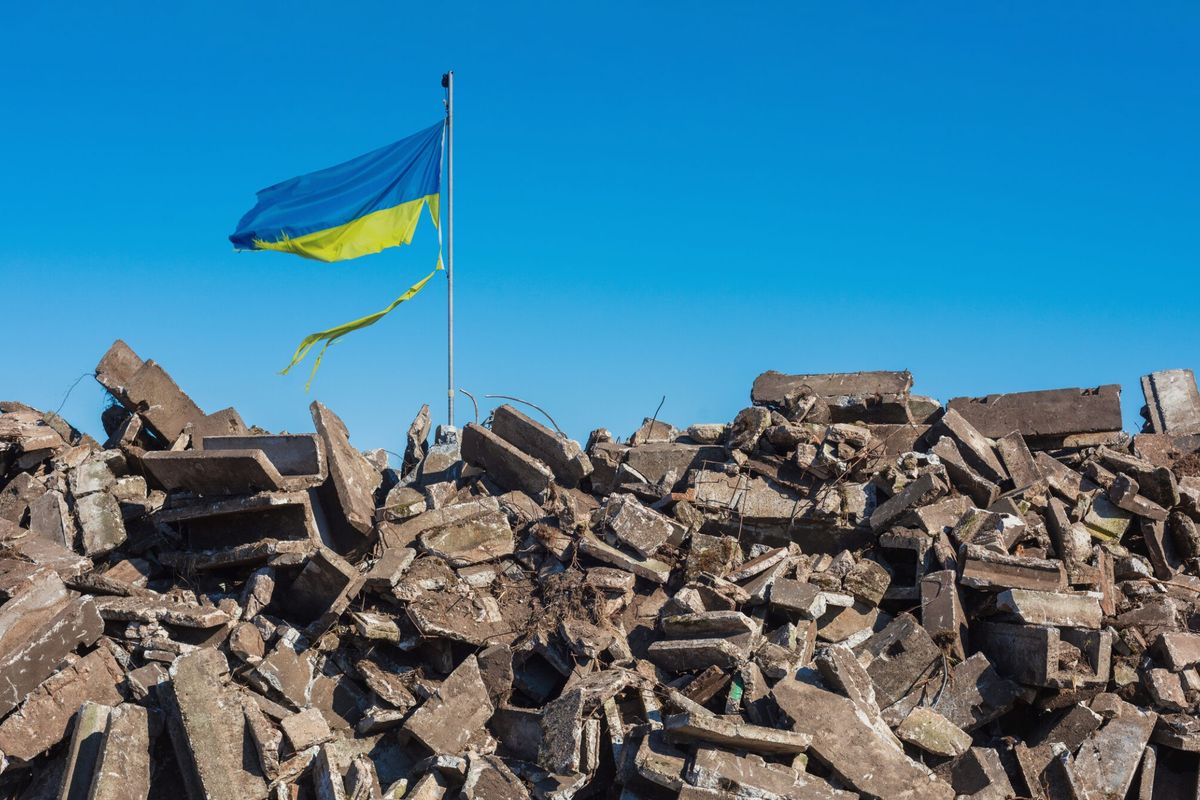After years of delays and cost overruns, the F-35 is finally in the hands of military services across the globe. As of June of this year, Lockheed Martin has rolled out 174 F-35s and altogether these aircraft have racked up 68,000 flight hours. Now that the aircraft is reaching operational benchmarks and is in the hands of a growing number of foreign aviators, we can begin to see if the F-35 will deliver on its promise of becoming an asset to coalition warfare.
The F-35 was designed with coalition warfare in mind from the very beginning. The suite of processing and sensor technologies are meant to be interoperable, not only across service branches, but also among allied militaries. In practice, this would mean one pilot can view on his display in real-time, not only the information gathered by his plane, but that of every other F-35 or ground based system linked to the same network.
This interoperability extends from the high-tech to the mundane: the F-35 will be the first aircraft certified for mid-air refueling with an ally’s tanker aircraft. Each member nation of the Joint Strike Fighter (JSF) program intends to tailor the aircraft to its specific needs, and that in turn influences how they will operate with the U.S. Here are two examples from the U.K. and Australia:
U.K.
The U.K. intends to buy a total of 138 F-35Bs, the short takeoff vertical landing (STOVL) variant, to be deployed on its new class of Queen Elizabeth aircraft carriers. This is the same variant used by the United States Marine Corps (USMC), and the U.K. intends to have its F-35Bs “cross-deck” with USMC amphibious assault ships and vice versa. While the U.K.’s F-35Bs aim to be interoperable in this regard, its lack of tanker aircraft means that operations with U.S. carrier-based F-35C’s, the Navy variant with a longer range, will be limited.
Australia
Australia’s high GDP per capita and low population means it pursues a strategy of quality over quantity, and its coalition contributions reflect that. In 2003, Australia supplied a squadron of F-18 Hornets to coalition operations in Iraq. Since Australia operates abroad through coalition bases, it is important to have a platform that is interoperable with not only other allied aircraft, but also ground crews and logistical personnel. Andrew Davies, the Director of the Defense and Strategy Program at the Australian Strategic Policy Institute told The Cipher Brief that “The more “plug and play” a coalition partner is, the easier planning becomes. Having to manage coalition partners at widely varying levels of capability is onerous, and in practice, only those that are both suitably equipped and in step with the coalition leads' doctrine and operating procedures can hope to make a substantial contribution.”
Remaining Challenges
The biggest remaining challenges for the F-35 in coalition operations are closely linked to what makes the F-35 such a great potential asset: interconnectivity. The F-35’s cutting edge networking potential is incredibly complex, and there are still many kinks to work out. Justin Bronk, an aviation expert and research fellow at the Royal United Services Institute, explained: “the US Marine Corps is still having trouble getting its own F-35s to share data via MADL [multifunction advanced datalink] between more than two F-35s at once, so this ideal is still very much a work in progress.”
The other major challenge is the task of learning how to operate together. Lt. Col David Berke, a Marine aviator and early test pilot of the F-35, told The Cipher Brief, “We do a lot of coalition training, a lot of coalition warfighting practice, things like Red Flag, all the time. We’re always working with each other and all of those things are designed to make us a better global coalition force.” As more F-35s enter service, the opportunity to engage in this sort of training will hopefully eliminate some of the friction that comes with coalition operations.
Conclusion
As it stands today, the F-35 will be operated by 12 allied nations. Each will operate the aircraft differently, and in doing so, will learn different lessons about how to maximize the aircrafts strengths and mitigate its weaknesses. The hope is that this pool of knowledge will work to the benefit of all nations in the program and provide the qualitative advantage the aircraft was designed for.
Will Edwards is an international producer at The Cipher Brief.












